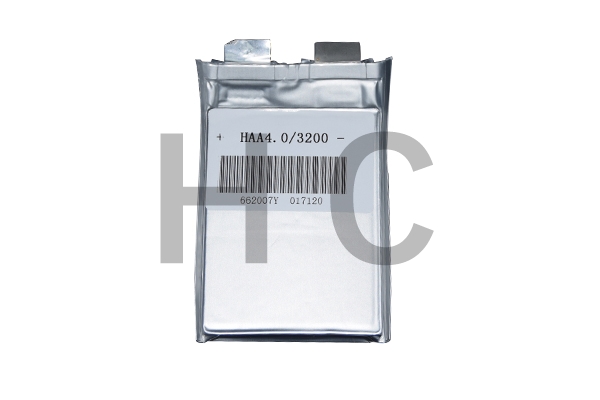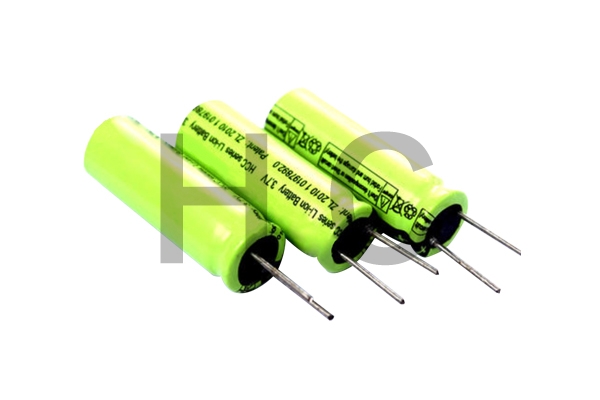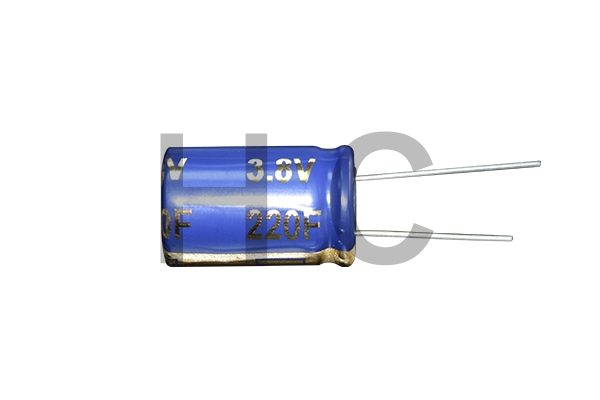The Queensland University of Technology (QUT) in Australia is developing a new generation of supercapacitors. You may not find a huge battery in an electric car in the future, because the battery will be placed on the wall, roof, door, hood, floor and other various local.
At that time, super capacitors were used in cars. Compared with lithium batteries, super capacitors have the advantages of ultra-fast charging speed, long service life, lighter weight, and safety. The killer is that they can instantly absorb or release extremely high energy, and the charging time It only took a few minutes, compared with hours for lithium-ion battery electric sedans at the time.

However, its fatal disadvantage at the time was that the energy density was very low, so why should the university's breakthrough in the research and development of a new generation of supercapacitors be to increase the energy density. They said that the new generation of Farad capacitors can store more energy than lithium batteries. In the future, a car using this Farad capacitor can run 500 kilometers when fully charged.
The team expects it to be available in cars within five years. It is worth mentioning that this battery is also expected to be applied to smartphones.

Any supercapacitor manufacturer will discharge through the internal parallel resistance under the condition of power-on. This discharge current is called leakage current, which affects the self-discharge of the supercapacitor unit. The supercapacitor module is similar to some secondary battery technology. The voltage of the supercapacitor also needs to be balanced when used in series. Due to the leakage current of the supercapacitor, the size of the internal parallel resistance determines the voltage distribution on the supercapacitor units connected in series. When the voltage of the supercapacitor is stable, the voltage on each unit will change with the leakage current, not with the capacitance value. The larger the leakage current, the smaller the additional voltage, and vice versa, the smaller the leakage current, the higher the additional voltage.
The main research countries for supercapacitors are China, Japan, South Korea, France, Germany, Canada and the United States. In terms of production planning and technical level, Asia is temporarily ahead.
